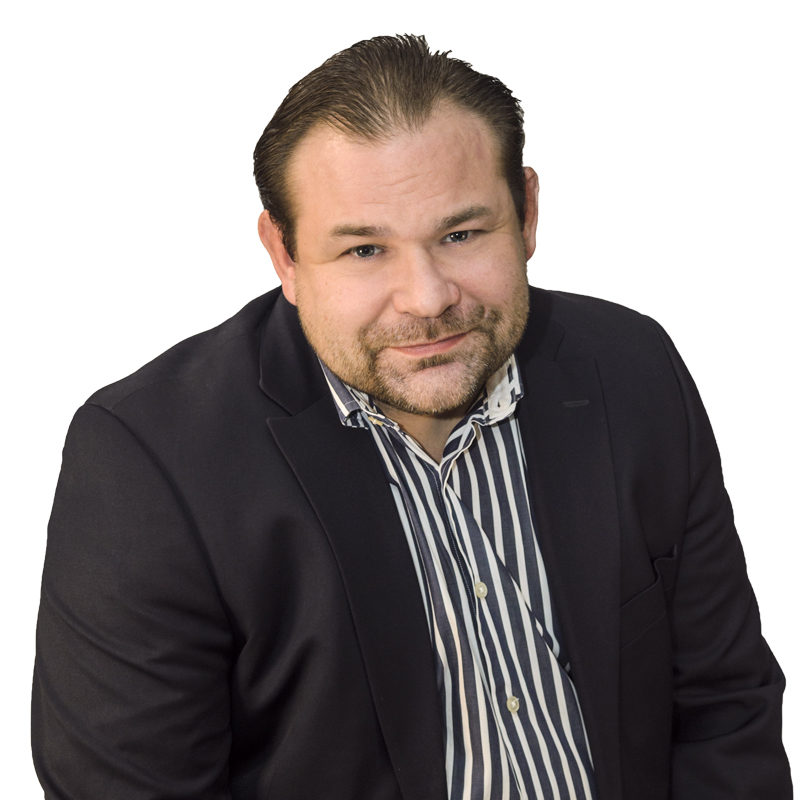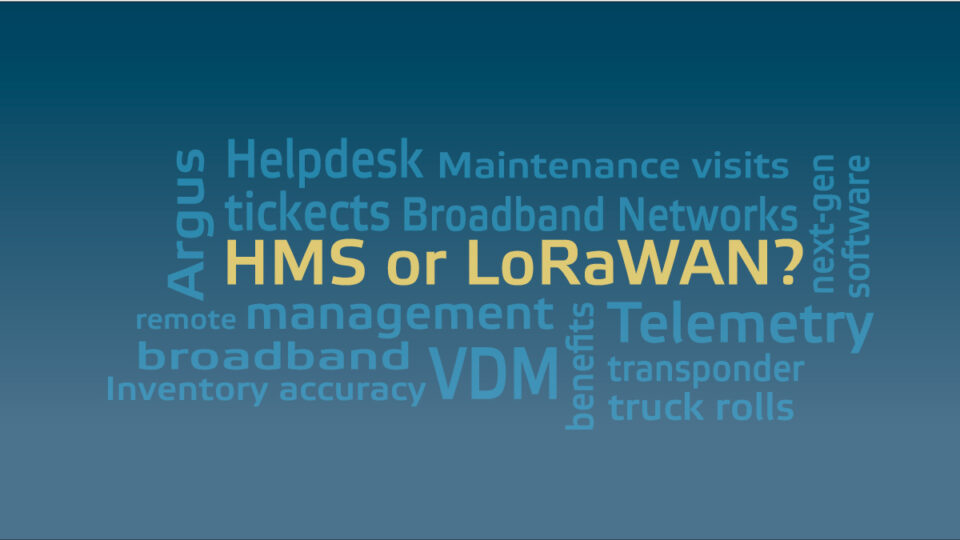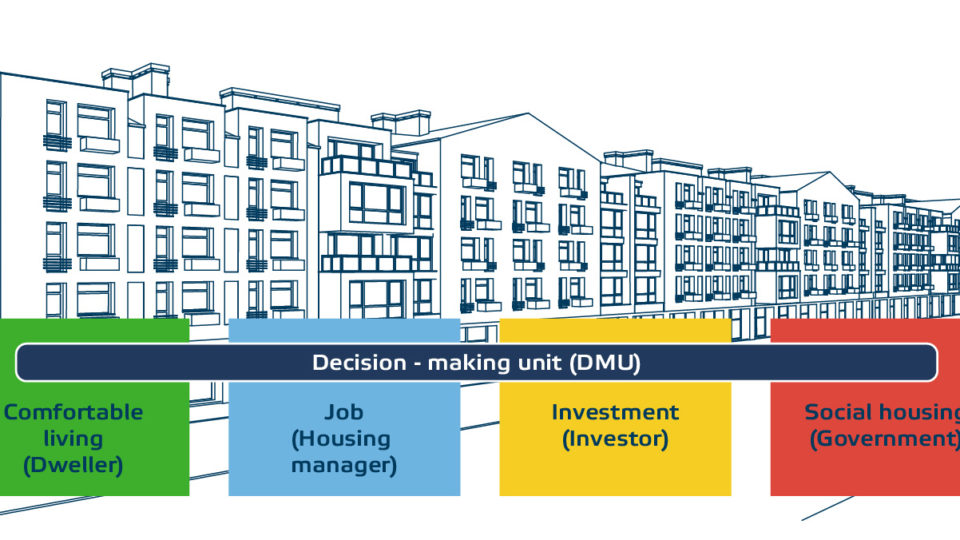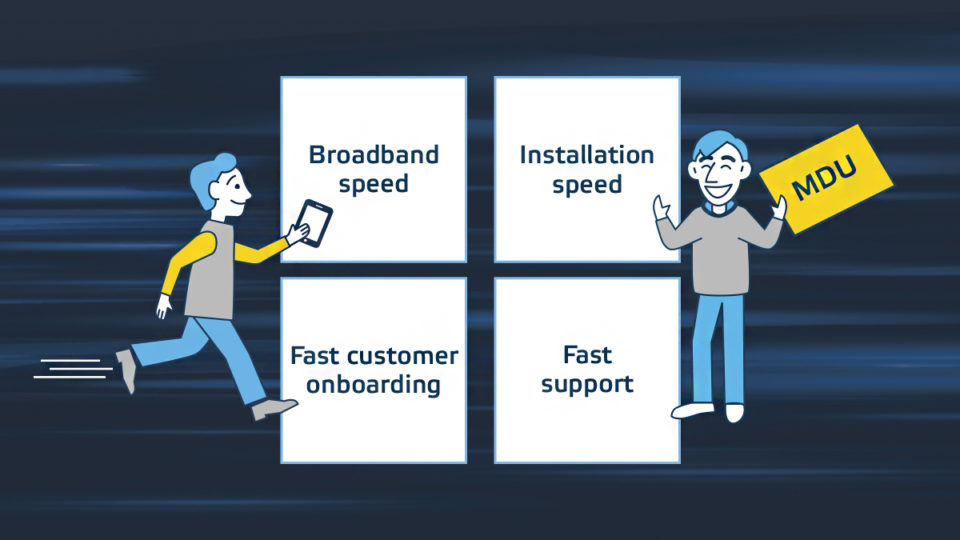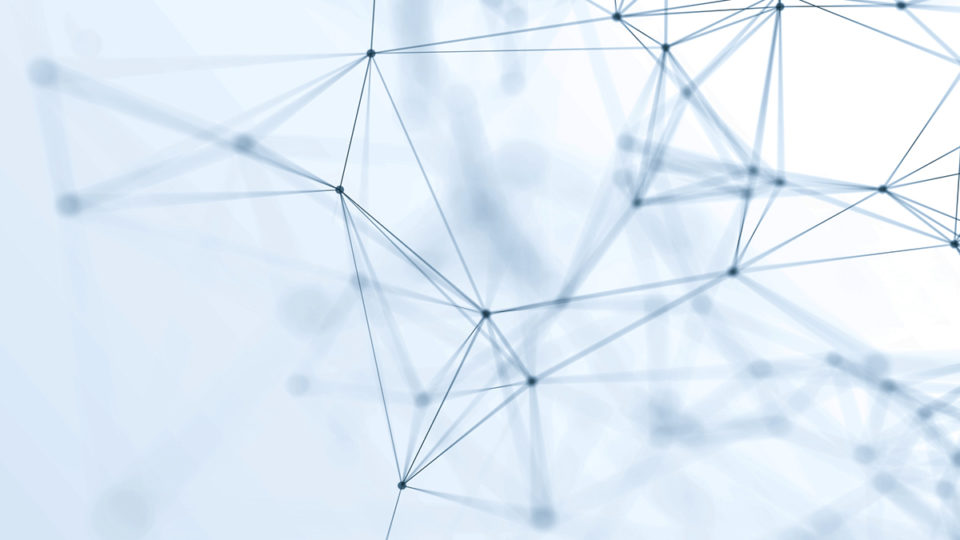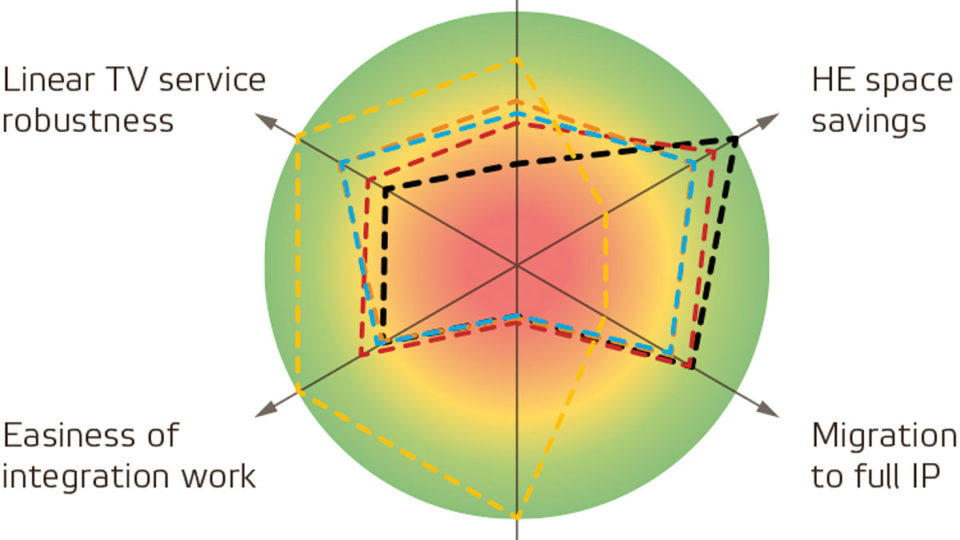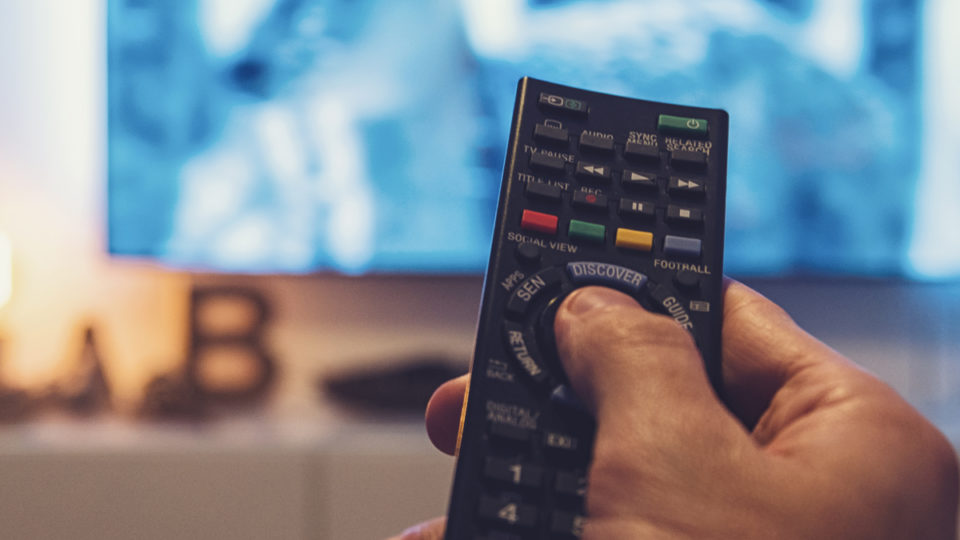Arttu Purmonen
Arttu Purmonen
I joined Teleste in 1997 and engineered video processing and data transmission products. I have worked as engineer, project manager, product manager and business director but understanding customer perspective has always motivated me. It brought me to be responsible for system and technical marketing where my internal driving force and former experience can party together. See my LinkedIn.
